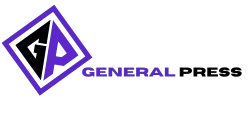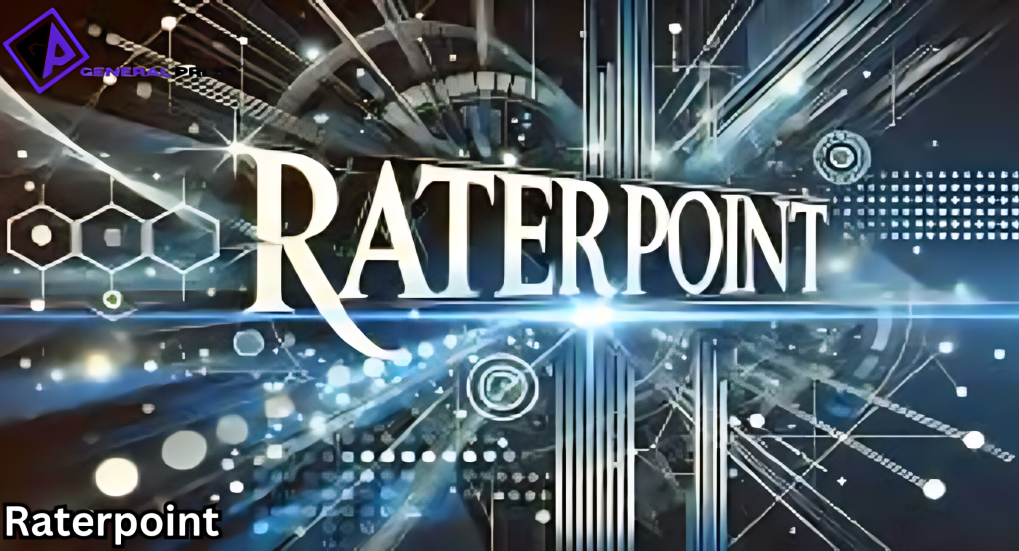In a world where reviews, ratings, and evaluations are integral to decision-making, platforms that provide precise and reliable rating mechanisms hold immense value. Enter RaterPoint—a term that is steadily gaining recognition as a concept or platform designed to streamline and enhance how we evaluate, review, and engage with products, services, and even individuals.
This article delves into the concept of RaterPoint, its potential applications, and its role in shaping the way we interact in a digitally-driven, feedback-oriented world.
What is RaterPoint?
RaterPoint serves as a system, platform, or methodology that focuses on delivering accurate and transparent evaluations. Whether users apply it for consumer reviews, employee performance, academic assessments, or personal skill tracking, RaterPoint’s core idea is to provide a fair, data-driven approach to ratings and evaluations.
Unlike traditional rating systems that rely heavily on subjective opinions, RaterPoint aims to incorporate advanced technologies like artificial intelligence (AI), machine learning (ML), and data analytics to generate insights that are both meaningful and actionable.
While the exact definition of RaterPoint might vary depending on its application, the emphasis remains the same: offering a user-friendly, equitable, and reliable system for evaluations.
The Importance of Reliable Rating Systems
Also Read: Learn to Sit Back and Observe Not Everythng Needs Your Reaction
Ratings have become a critical part of modern life. From selecting a restaurant based on online reviews to hiring employees using performance metrics, we depend on ratings for many decisions. However, traditional systems often suffer from issues such as bias, manipulation, and lack of transparency.
Here’s where RaterPoint stands out. It offers:
- Accuracy
By leveraging technology and structured evaluation methods, RaterPoint ensures that ratings reflect true performance or value. - Transparency
A clear and accountable rating process builds trust among users, whether they’re customers, employees, or stakeholders. - Consistency
Standardized evaluation criteria ensure uniformity in ratings, reducing discrepancies and subjective biases.
Applications of RaterPoint
RaterPoint can have a wide range of applications across industries and sectors. Let’s explore some key areas:
1. Consumer Ratings
In the e-commerce sector, customer reviews and star ratings significantly influence buying decisions. RaterPoint could revolutionize this process by introducing a more nuanced rating system that considers factors like product longevity, customer service, and actual user feedback validated by purchase history.
2. Employee Performance
In the corporate world, evaluating employee performance is often a challenging task due to biases and unclear metrics. RaterPoint could be used to create a standardized system that evaluates employees based on key performance indicators (KPIs) and real-time data, ensuring fairness and transparency.
3. Education and Skill Assessment
In education, grading systems often fail to capture the true potential of students. A RaterPoint-based system could provide a more holistic assessment, taking into account academic performance, extracurricular activities, and skills development over time.
4. Healthcare Feedback
In the healthcare sector, patient feedback is essential for improving service quality. RaterPoint could provide a reliable mechanism for rating healthcare providers, facilities, and treatments, ensuring that feedback is genuine and actionable.
5. Freelance and Gig Economy Platforms
Platforms like Upwork or Fiverr thrive on ratings to match clients with freelancers. RaterPoint could refine this process by incorporating advanced evaluation criteria, such as on-time delivery, quality of work, and client satisfaction, in a more structured manner.
How RaterPoint Could Work
For RaterPoint to deliver on its promise, it must combine technology with human input. Here’s an outline of how it could work:
- Data Collection
RaterPoint would gather data from multiple sources, including user reviews, real-time feedback, and performance analytics. - Weighted Metrics
Different aspects of evaluation could be assigned weights based on their importance. For example, in consumer ratings, product quality might be weighted higher than packaging aesthetics. - AI-Driven Insights
Artificial intelligence and machine learning could analyze the collected data to identify patterns, detect anomalies (like fake reviews), and generate reliable ratings. - User-Friendly Interface
The success of RaterPoint would hinge on its usability. A simple, intuitive interface would ensure accessibility for users across demographics. - Real-Time Updates
Ratings would be updated in real-time, ensuring they reflect the latest data and feedback.
Benefits of RaterPoint
- Enhanced Trust
Transparency and reliability foster trust among users, whether they’re consumers, employees, or other stakeholders. - Improved Decision-Making
With accurate and actionable insights, individuals and businesses can make better-informed decisions. - Encourages Accountability
A structured rating system motivates individuals and organizations to perform better, knowing their performance will be fairly evaluated. - Reduces Bias
By using technology and standardized metrics, RaterPoint minimizes the influence of subjective opinions. - Supports Continuous Improvement
Regular feedback and updates encourage continuous learning and growth, whether it’s for a business, an individual, or an institution.
Challenges and Considerations
While RaterPoint offers immense potential, it’s not without challenges:
- Data Privacy
Collecting and analyzing user data must be done ethically and securely, with strict adherence to privacy laws. - Bias in Algorithms
Although technology reduces human bias, algorithms must be carefully designed to avoid perpetuating any systemic biases. - User Adoption
For RaterPoint to succeed, users need to trust and embrace the system, which requires effective communication and onboarding.
FAQs:
1. What is RaterPoint?
RaterPoint is a system, platform, or methodology designed to provide accurate, reliable, and transparent evaluations across various sectors, including consumer ratings, employee performance, academic assessments, and personal skill tracking. It leverages advanced technologies like artificial intelligence (AI) and machine learning (ML) to offer data-driven insights and minimize biases in evaluations.
2. How does RaterPoint work?
RaterPoint combines data collection from multiple sources (e.g., user reviews, performance analytics) with AI-driven insights. It assigns weighted metrics based on their importance, processes data to identify patterns, and provides real-time updates. The platform is designed with a user-friendly interface to ensure accessibility for a wide range of users.
3. What are the benefits of using RaterPoint?
Some key benefits include:
- Enhanced trust due to transparency and reliability.
- Improved decision-making with accurate, actionable insights.
- Encouraged accountability as individuals and organizations are fairly evaluated.
- Reduced bias through technology-driven, standardized metrics.
- Supports continuous improvement with regular feedback and real-time updates.
4. How can RaterPoint be applied in different industries?
RaterPoint can be used in various sectors, including:
- Consumer Ratings: More nuanced product reviews considering factors like product longevity and customer service.
- Employee Performance: Standardized evaluations based on key performance indicators (KPIs) and real-time data.
- Education & Skill Assessment: Holistic assessments that consider academic performance and extracurricular activities.
- Healthcare Feedback: Reliable patient feedback mechanisms to improve healthcare quality.
- Freelance & Gig Economy Platforms: A structured system for evaluating freelancers based on on-time delivery, work quality, and client satisfaction.
5. How does RaterPoint reduce biases in traditional rating systems?
RaterPoint reduces bias by using technology (AI and ML) to analyze data objectively. By relying on structured evaluation methods and standardizing metrics, it minimizes the influence of personal opinions and ensures consistency in ratings.
Conclusion
RaterPoint represents the future of ratings and evaluations. By combining advanced technology with a focus on transparency and fairness, it has the potential to transform industries and empower individuals to make better decisions.
Whether it’s enhancing consumer trust, improving employee performance reviews, or ensuring fair assessments in education, RaterPoint could become a cornerstone of the digital age. As we continue to embrace innovation, platforms like RaterPoint remind us that progress lies not just in creating systems but in ensuring they’re fair, reliable, and accessible to all.




